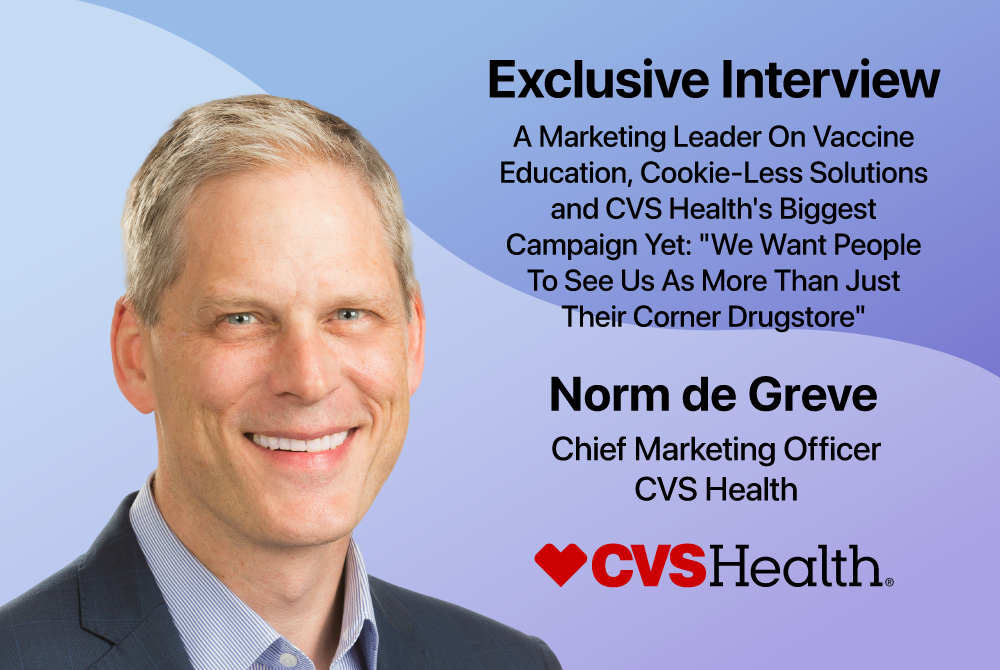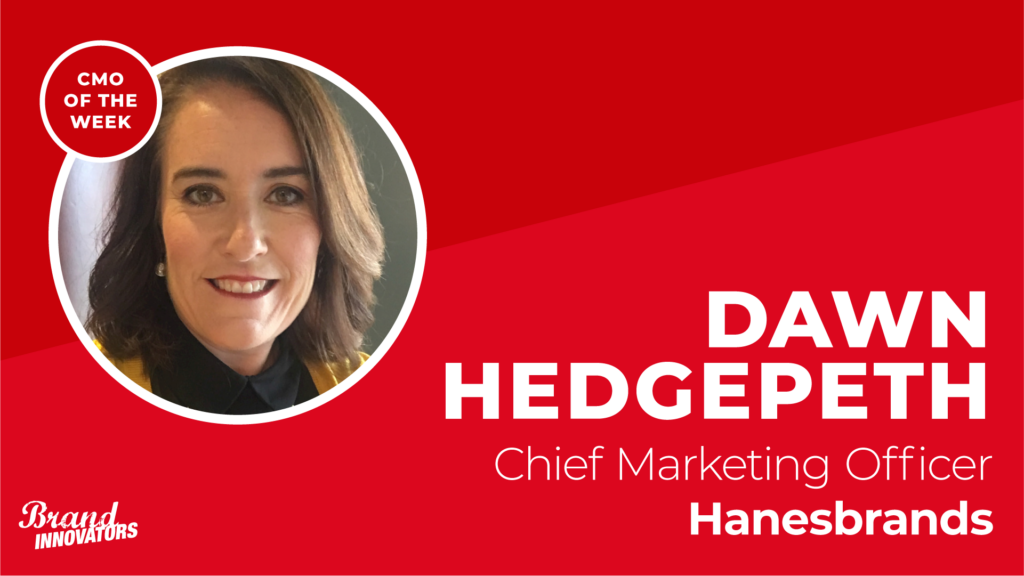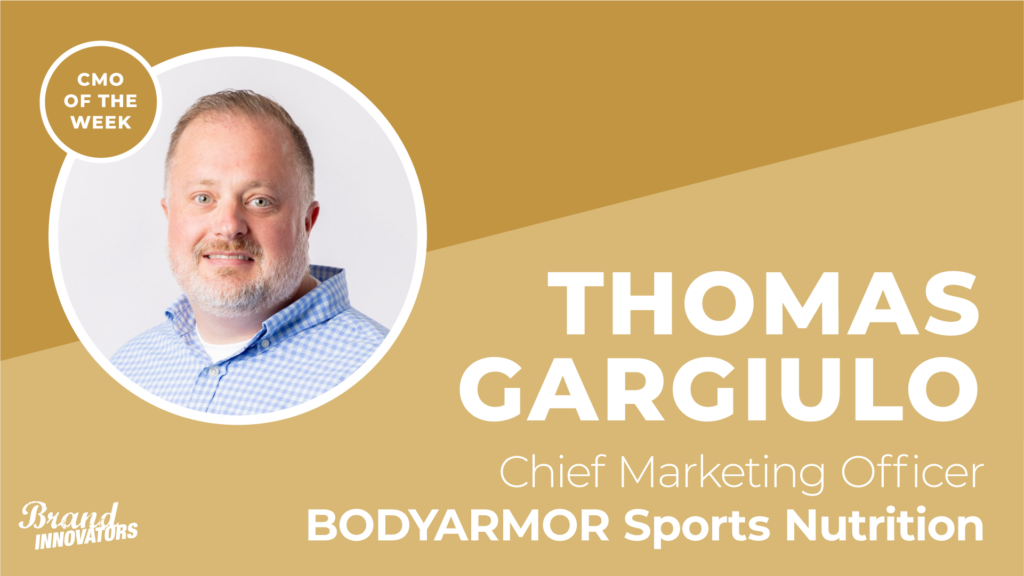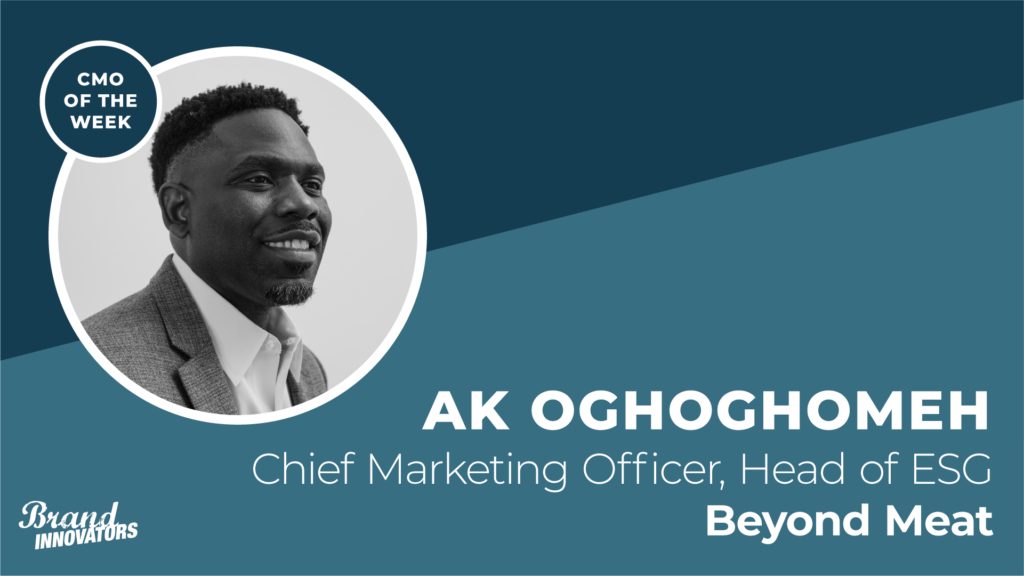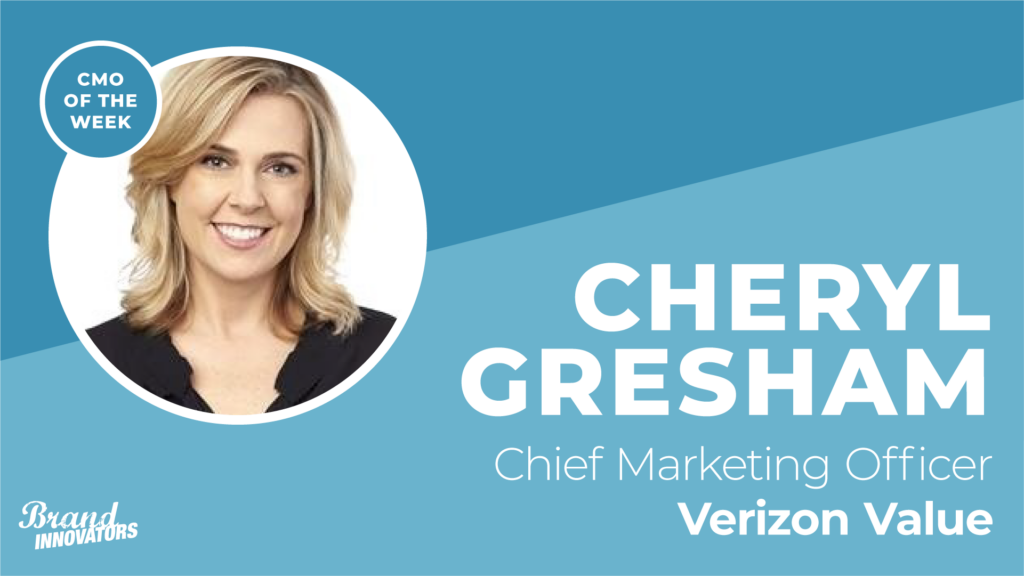Perhaps few marketers have rolled with the many punches of the past two years more closely than Norm de Greve, chief marketing officer of CVS Health. Not only did he spend the first weeks of the pandemic figuring out how to make a primarily retail business adapt to digital and delivery, he’s also spent the better part of the past year making vaccine education a central focus of his brand messaging to help the U.S. safely get back to in-person gatherings.
“Our belief system and purpose is what we think the country needs, and that is for people to just have the facts,” de Greve says. “I’m not Pfizer, I’m not Moderna. We’re the people giving out the vaccines, and we’re working with the government to do that. And so what we want to make sure is that people have the information from a trusted source, which we and our pharmacists are.”
The neutral approach has already connected with millions of consumers. In CVS Health’s latest earnings report, the company announced it administered 8.5 million COVID tests and 11.6 million vaccines during third-quarter 2021 alone – up from 6 million tests but down from 17 million vaccines in second-quarter 2021 as vaccine penetration among eligible adults began to plateau. Such activity also created a halo effect on store sales, with total revenues increasing 10% during the period to $73.79 billion (up from $67.06 billion during third-quarter 2020).
De Greve’s work with CVS Health has also dovetailed with his roles as a board member for several leading industry organizations, including the Association of National Advertisers and the Ad Council. CVS Health was a founding member of the latter’s campaign to drive vaccine appointments, which dovetailed with the company’s own campaign called “One Step Closer” which featured testimonials from consumers about why they were most looking forward to getting their vaccine.
“One thing I say about vaccine education is that people tend to like to get the information from somebody like them,” says de Greve, noting that retailer’s insights for vaccine appointment registration can sometimes get hyper-local. “Here’s an interesting fact — we were looking at one area and wondering why our appointment level was lower than we expected it to be. And we realized people there didn’t have a way to schedule an appointment digitally. So we had to bring the vaccines out to their area in mobile vans with the local community groups. These are things you really have to start thinking about if you’re trying to vaccinate a nation.”
Such learnings and more became the basis for de Greve’s latest campaign for CVS Health, “Healthier Happens Here,” which debuted in late October and features an original jingle performed by Grammy and Tony-winning actress Renee Elise Goldsberry. The campaign features several different vignettes of all the services CVS Health provides, from free vaccine appointments and its recent acquisition of Aetna to telehealth and online delivery.
The campaign is reported to be CVS Health’s largest media investment to date, with $25 million media spend over the next two months, with the goal of achieving one core metric: “That people see us more than just their corner drugstore,” de Greve says. “The drugstores are important to us, so I don’t want to underestimate that, but our company is so much bigger and we have so much more to offer.”
Broadening CVS Health’s positioning beyond retail dovetails with the company’s recent announcement to close 300 store locations per year over the next three years, starting in spring 2022. “We want to be the leading digital pharmacy, but we also know that for many consumers seeing a physician in-person helps create a sense of trust,” de Greve says of the company’s omnichannel strategy.
Brand Innovators caught up with de Greve from his home office in New England to learn more about his transformative work in the pandemic era, working with the ANA on creating cookie-less solutions for advertisers and the importance of gender equity in marketing. The conversation has been edited for length and clarity.
Brand Innovators: How did the COVID-19 pandemic initially impact CVS Health’s business at a high level in spring 2020, and what are some pivots or innovations you put in place to adapt to the new market conditions?
Norm de Greve: I think for us, the [innovation] factor came from the business that we’re in. We’ve got a pharmacy business, so we had to make sure people could get their medications. And that got us very quickly into making delivery free for everybody. We have a clinical business called MinuteClinic, which allows people to get walk-in medical care, and we made that free for a lot of people too with a telehealth version of that so that people could get the care they needed.
And then it got into [COVID] testing. In March of last year, we set up our first testing site. We had a hundred healthcare workers, which was a huge deal at the time. And by the end of the year, we had done 11 million tests. So looking back, it took us from a state of normal to disruption and saying, “how can we help?”
Tell me where you’re at now with the tone in your messaging, and how the new tagline “Healthier Happens Together” best conveys that.
I think the universal truth about health is that it’s hard. It’s hard to manage, it’s hard to afford, it’s hard to access. And when you look below that, people just feel left alone — nobody’s really helping them manage their health. They’re being told to do a lot of things, but nobody’s really on their side. And there really isn’t another industry where you have this amount of complexity where there isn’t a person really dedicated to helping somebody through it. Like, think about financial services. Yes, there’s a lot of complexity, but you tend to have a financial advisor who manages all of that complexity for you. We have all this complexity and fear, because this is your health and there’s nobody helping. And so that really took us to this idea of, “well, who are we in this?”
One of the things we wanted to tap into is we’re so accessible — not just because we’re in everybody’s neighborhood and close to them, but we have a brand that’s approachable. People can come to us, and we have other services. We have care managers on the Aetna side that are helping people, we have people going to your home and other businesses. And so we just kind of thought, “our mantra is really healthier happens together.” We’re going to be there with you and we’re going to do it together. And that’s kind of what people want today. They want a partner that’s with them on this journey, not just somebody that tells them what to do.
How did you bring that concept to life with your latest campaign?
We have a number of proof-point pieces. So there are ads about very basic omnichannel pharmacy, like how do you get your medications? And for most people, that’s where they are in their healthcare. We have another spot that’s all about how we’re helping colleges, universities, and corporations get back to what they do through onsite testing. The idea was to use each of these things to think of CVS Health in a new way — not just as a corner drug store, but as a company doing big, bold things in the way health is delivered in the country.
The “Healthier Happens Together” campaign is, from a media investment standpoint, the largest spend you’ve had to date in a two-month period. Tell me about the media mix that we’ll see in terms of the distribution of these messages.
Well, there’s no question that if you want to get a big message out in a short period of time, that national TV plays a big role. So, we’re on national TV right now, we’re in all sorts of connected TV, there’s a big digital presence on social as well as addressable TV. We’re in print in places like the “New York Times,” and I know for sure we’re on NPR because I’ve heard it every time I put on NPR. So I’m our own auditing committee for our NPR buy. [laughs]
In addition to your day-to-day work with CVS Health, you recently served as chairman of the Mobile Marketing Association (MMA) and currently serve on the board of directors for the Association of National Advertisers (ANA). Where would you say the industry is at in its quest to find cookie-less solutions for online advertising?
Everybody wants first-party data. And with retail, we’re in a really lucky position, because there’s a pretty clear value exchange with the consumer about why I give you my data and what you do. Even more so than some of the social media companies, or the CPG companies, we’re also one consolidated place that has lots of products.
I think where we’re going to end up with is marketers being able to drive more effectiveness and efficiency in their media. And you’re also going to see a rise in context. The thinking with online advertising used to be, “I’ll attack this person wherever they are or whatever site they’re in, and I’ll just put my ad in front of them.” And it’s like, they just don’t want to hear from me right now. They’re not in that mood. They’re not interested. And so context is going to become much more important.
The big thing we all need to address is TV is simultaneously declining [in ratings] and getting more expensive, and so you’ve got to find alternatives. But you have to find alternatives at scale — for my business, at least. So that’s the big transition that’s going to go on in the next five years or so. We’ll still have live sports and news, but that’s going to be very expensive and people are going to have to find alternatives that really help do the job that was traditionally done by TV. And I don’t know that we’re completely there yet with the right products.
Because as you know, not all streaming TV channels are ad-supported. The average consumer isn’t going to want to pay 15 bucks a month for 10 services, it’s not going to make sense, so we’ll see an evolution of that. And then the connected-TV nature should drive a lot more relevance than what we’ve seen today.
You are also involved in the ANA’s #SeeHer initiative, which is designed to advance authentic female storytelling in advertising. How has that laddered back to what we see in the end result of some of your work with CVS Health?
We got involved with #SeeHer when we launched our Beauty Mark initiative, which was our commitment not to retouch any of the photos that we do in our beauty marketing – as well as a requirement that any CPG in our store or in our email or on our website disclose if an image has been digitally altered or not. We just wanted transparency. We did not want women to be comparing themselves to an image out of a computer. And it turns out that 80% of women feel worse after they see a typical beauty ad. The industry’s really selling itself on insecurity, and we just didn’t like that.
So we’ve been a part of #SeeHer since it was first started, in 2018. And when you look at our customer base, in retail it’s largely female, which is what we see in health, too. And so what we want is a place where women can feel good about themselves and make our commitment to that. And so now all of our advertising is scored to make sure that it has the right balance, they call it the GEM scores, or gender equivalency metric, which represents women in the way they should be represented. And all of those ads score well, so we think it’s a super, super important initiative. It’s gotten great traction in the industry, and it’s not just important for our moral compass. It’s important to our customers.
Andrew Hampp is an entertainment marketing consultant for Brand Innovators and the founder of consultancy 1803 LLC, based in Berkeley, California.
